Everything You Need to Know About Weed Control in Red Deer
Reading time: 6 minutesWrestling with weeds on your lawn and feel like you're losing the battle? Don't worry, you're not alone. Our guide has everything you need to know about taming those annoying weeds and keeping your lawn looking its best in Red Deer.
Types of Weeds Found in Red Deer
Each type of weed found here has a sneaky way of taking over your lawn. Here are some of the usual suspects you might encounter:
1. Dandelions (Taraxacum officinale)
These are the poster children of weeds with bright yellow flowers and fluffy seed heads. Don’t be fooled by their pretty look. While some see them as a sign of spring, dandelions are resilient and can quickly take over a lawn with deep taproots.

2. Canada Thistle (Cirsium arvense)
Recognizable by its spiky leaves and purple flowers, this demanding friend(?) spreads rapidly through its root system and is notoriously difficult to get rid of once it's established.
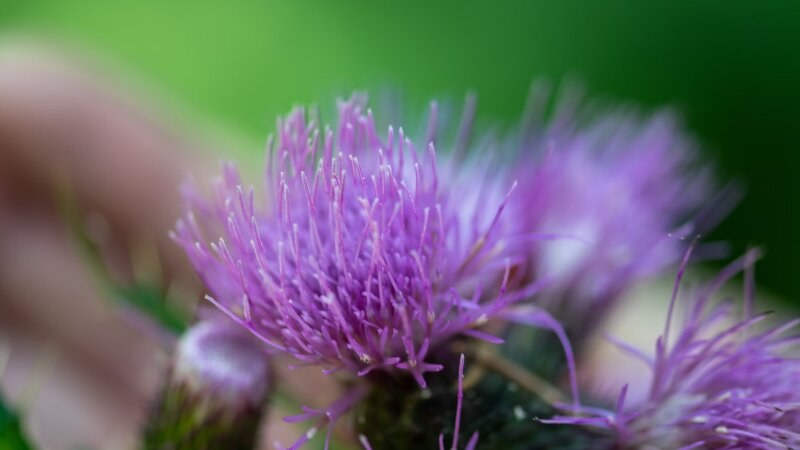
3. Clover (Trifolium)
Clover has a distinctive trio of leaflets and white or pink flowers. Although a weed, it does have some benefits as it fixes nitrogen in the soil. However, its rapid spread can be an issue in lawns.
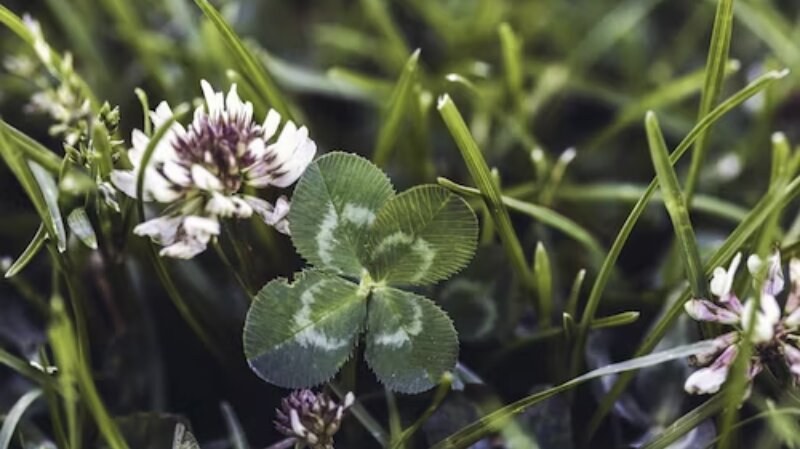
4. Creeping Bellflower (Campanula rapunculoides)
These bell-shaped purple flowers on tall stems can fool you with their looks. The perennial is invasive and can quickly dominate gardens and lawns if left unchecked.
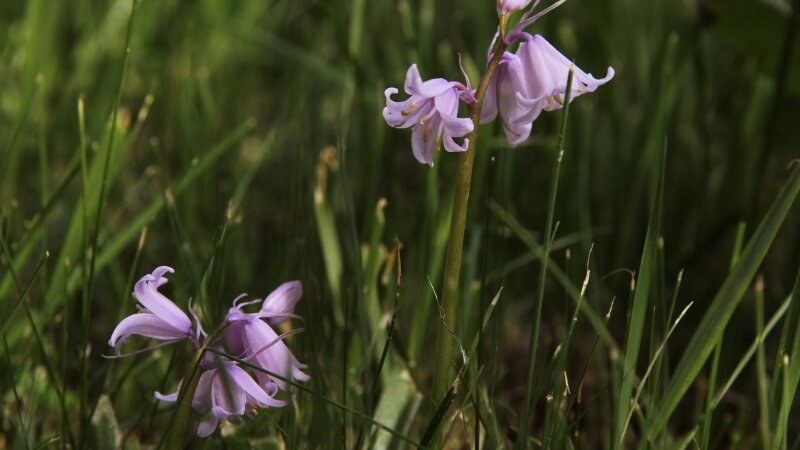
5. Quackgrass (Elymus repens)
This grassy weed has a wheat-like appearance with a creeping growth habit. Its extensive root system makes it challenging to control, as it can regenerate from small root pieces.
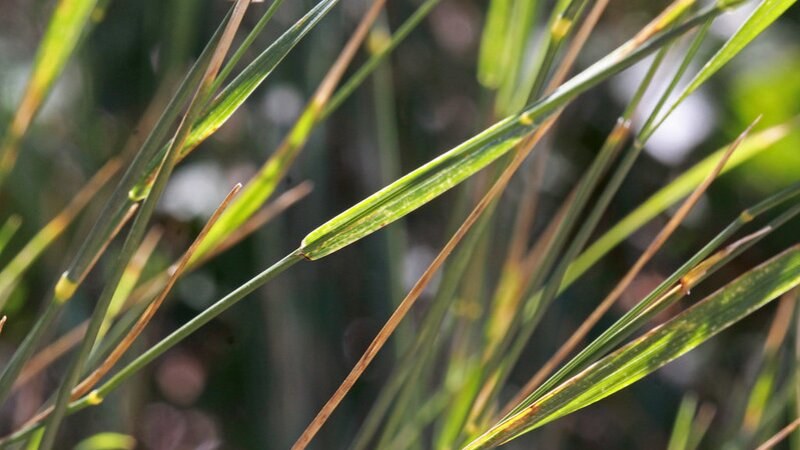
How Weeds Can Impact Your Red Deer Lawn
The impact of weeds on lawn and garden health can be significant. Here's a rundown of why managing these green gatecrashers is so essential:
The Battle for Resources. Weeds are resource hogs. They compete aggressively with your grass and plants for water, sunlight, and nutrients. This is pretty much an unfair competition because guess who wins? The result: your plants are weak, stunted, or even starved to death.
- Soil Health. Weeds can alter the nutrient balance in the soil. Some, like clover, add nitrogen, which isn't always bad, but an imbalance can affect the growth of other plants.
- Thirsty Weeds. During those hot, dry spells of Alberta summers, water becomes a precious commodity. Weeds tend to have extensive root systems that soak up more than their fair share of water, leaving less for your grass and plants.
- Crowding Out. Weeds can grow rapidly and spread quickly, crowding your lawn or garden plants. This not only affects the aesthetics but also the overall health of your green space.
- Harbouring Troubles. Some weeds can attract pests or harbour diseases, which can then spread to your healthy plants. It's like having a neighbour who doesn't believe in pest control – sooner or later, it will affect your yard too.
- Monoculture Menace: Weeds, particularly invasive species, can lead to a decrease in biodiversity. They can overpower and displace native plants, disrupting the local ecosystem.
- Visual Appeal: Let's face it, a lawn full of dandelions or a garden overrun with thistle doesn't quite have the curb appeal we all strive for. Maintaining a weed-free space is critical to a beautiful, healthy-looking lawn or garden.
Understanding these impacts is crucial for effective lawn and garden management. With some expertise and some elbow grease (or maybe a call to our GreenKeepers), you can keep your lawn and garden in top shape, weed-free, and thriving!
Weed Prevention is Key
Regarding weeds, the old saying, "An ounce of prevention is worth a pound of cure," couldn't be more apt. Here are some tips for keeping those weeds at bay and ensuring your lawn stays lush and healthy.
- Keep Your Lawn Strong. A healthy, thick lawn is your best defence against weeds. Weeds are opportunists – they look for weak spots to take hold. If your lawn is as dense as a forest, weeds will find it tough to break through.
- Regular Fertilizing. Fertilize your lawn appropriately for the season. Well-fed grass is robust grass that does not allow weeds in.
- Maintain the Right Height. Mow your lawn to the right height. Cutting it too short is like giving weeds an open invitation. While letting it grow too long can also harbour them. Aim for the Goldilocks zone – just right.
- Sharp Blades. Keep your mower blades sharp. Dull blades tear the grass, causing stress and vulnerability.
- Deep and Infrequent. Water your lawn deeply but infrequently. This encourages more profound root growth, which helps grass outcompete weeds. Remember, your lawn doesn’t need watering in the winter.
- Fill in the Gaps. Overseed your lawn to fill in any thin or bare spots. It's like patching up the holes in your defences, leaving no room for weeds to move in.
- Keep an Eye Out. Regularly inspect your lawn for early signs of weed invasion. Early detection makes removal much easier.
With these preventative measures, you'll not only stop weeds in their tracks but also cultivate a lawn that's the envy of the neighbourhood. And if you find yourself in a 'weedy' situation, Green Drop’s team is always ready to jump in with their expert services.
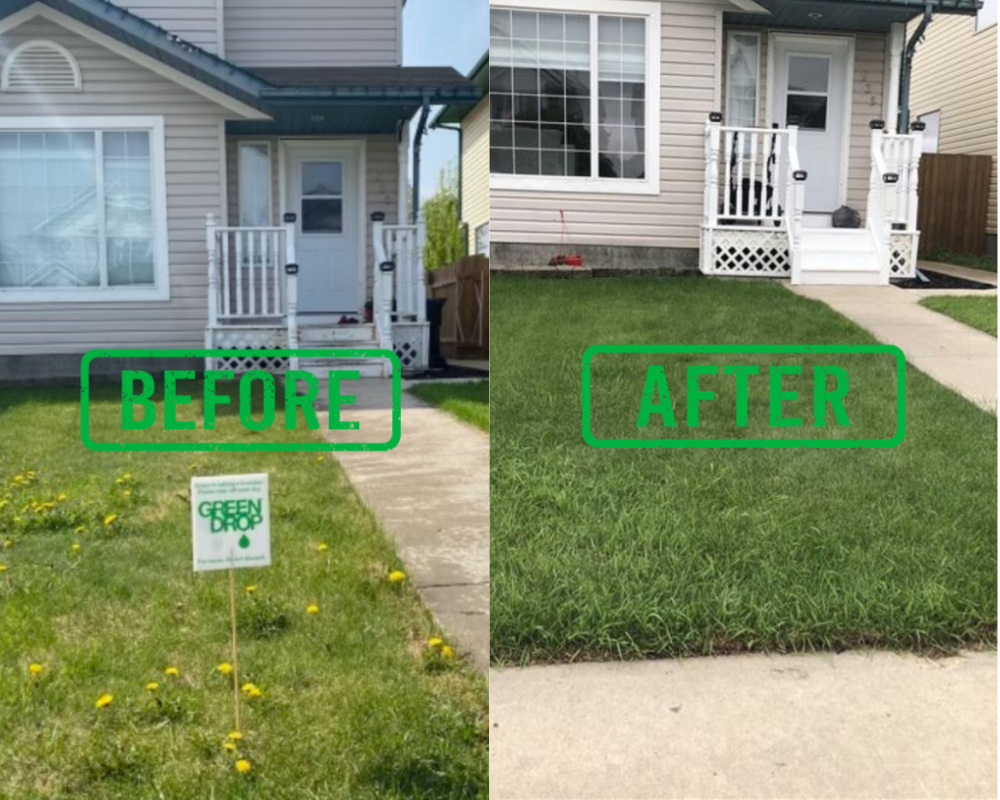
Techniques to Control a Weed Infestation in Your Yard
So, what happens if prevention doesn't work and you've got an infestation on your hands? No need to panic – there are several weed control techniques, each with pros and cons.
1. Hand Pulling
Pros: It's simple, gratifying, and requires no chemicals.
Cons: It can be time-consuming and not practical for large infestations. Also, those weeds might come back if you don't get the whole root.
2. Mulching
Pros: Mulch not only suppresses weeds but also adds to the health of your soil.
Cons: You’ll need to replenish it regularly, and it may not be effective against all types of weeds.
3. Vinegar Solution
Pros: Easy and non-toxic, it can be effective for spot treatments.
Cons: They might not kill the root, and you'll need to be careful not to harm your grass. It does not like vinegar, either!
4. Selective Herbicides
Pros: Designed to target specific types of weeds, they’ll leave your grass unharmed.
Cons: Requires strict adherence to instructions. Incorrect application can damage desirable plants.
5. Non-selective Herbicides
Pros: Effective for clearing large areas of vegetation.
Cons: They kill everything they touch, so precision is vital. Definitely not for a scattergun approach. Designed to be used in areas where no vegetation is wanted.
Safety Precautions
Regardless of the method you choose, safety is paramount. When using chemical treatments, always follow the safety guidelines:
- Wear protective clothing, including gloves and goggles.
- Ensure there's no risk of runoff into water sources or affecting nearby plants you want to keep.
- Keep pets and children away from treated areas until it's safe.
Ready to ‘Leaf’ Your Weed Worries Behind With Our Weed Control Services in Red Deer?
Now that you're armed with the know-how to tackle those pesky weeds, it's time to turn your lawn into the lush, green oasis you've always dreamed of. But remember, if you ever feel you're in over your head or want to 'leave' the hard work to someone else, our weed control services are here to help.
And for those stubborn invaders on your pathways and patios, our ClearPath treatment is the ace up your sleeve, ensuring your yard stays pristine and weed-free.
Book now and say goodbye to weeds and hello to a beautiful, healthy lawn in Red Deer. Trust us, your lawn (and your pathways) will thank you – and your neighbours might turn green with envy! We’re also in Calgary, Edmonton, Regina, Saskatoon, and Winnipeg.

